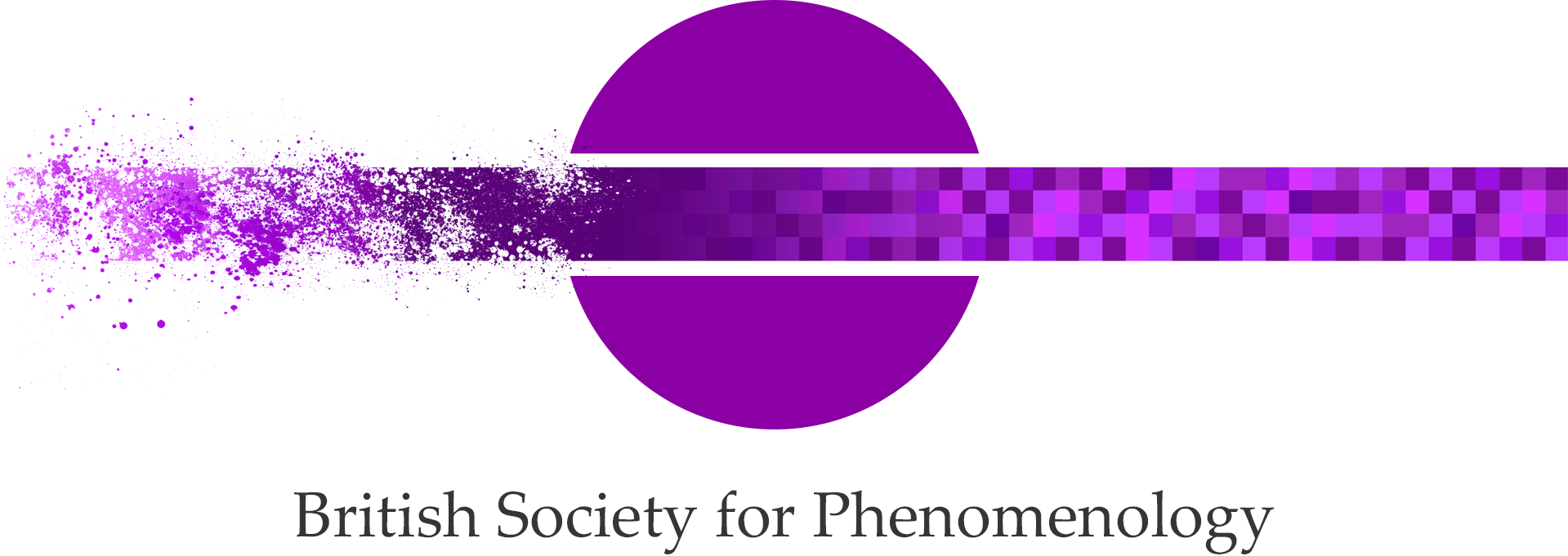Now online and OPEN ACCESS: A special issue introduction for the JBSP: ‘People on Streets. Critical Phenomenologies of Embodied Resistance’.
Marieke Borren & Maria Robaszkiewicz – “Introduction to the Special Issue, People on Streets. Critical Phenomenologies of Embodied Resistance”
JBSP (Published online: 02 Feb 2024). OPEN ACCESS.
Opening section: The last few years have seen the emergence of critical phenomenology as an exciting paradigm in phenomenology and beyond, spanning disciplines such as anthropology, urban studies, gender studies and literature, with ‘founding mothers’ like Alia Al-Saji, Lisa Guenther, Gayle Salamon, and Gail Weiss. Puncta, the journal of critical phenomenology, was established in 2018; in 2019, the programmatic volume 50 Concepts for a Critical Phenomenology was published. Ever since, apart from many articles, several monographs and edited volumes have been published and conferences held under this heading.
Even if the very term, ‘critical phenomenology,’ is relatively recent, it is certainly not an entirely novel project, as evidenced by the overlap between its current proponents and its predecessors. Critical phenomenology, as we know it today, does not have a single point of origin. It can be traced back not only to its beginnings in early twentieth century phenomenology (most notably the work of Edmund Husserl, Edith Stein, Martin Heidegger, and Maurice Merleau-Ponty) but also to feminist phenomenology and critical phenomenology of race that were first established in the mid-twentieth century, in the work of Simone de Beauvoir and Frantz Fanon respectively, and, from the 1970s, developed by Iris Marion Young, Sandra Bartky, Gloria Anzaldua, Maria Lugones, Linda Alcoff, George Yancy, Robert Bernasconi, Lewis Gordon, Sara Ahmed, Henri Rubin and Gayle Salamon—to name but a few feminist, queer, trans, critical race, and intersectional phenomenologists.
Like any paradigm, field of inquiry, or methodological frame in-the-making (to use a phrase coined by Latour), critical phenomenology has not yet reached provisional closure, such as consensus about its method. Hence, we will not even try and provide a definition. Instead, we approach critical phenomenology more indirectly. To illuminate the methodological challenges involved, we will unpack two foundational debates, pertaining to the key questions: “What is phenomenological about critical phenomenology?” and “What is critical about critical phenomenology?” Subsequently, we will point to its relation to social and political struggles and protest.
Full article: https://doi.org/10.1080/00071773.2024.2306041
Marieke Borren, Faculty of Humanities, Open University, Heerlen, Netherlands
Maria Robaszkiewicz, Department of Philosophy, Paderborn University, Paderborn, Germany
Accessing JBSP Online: The Journal of the British Society for Phenomenology is accessed via our publisher’s website: JBSP at Taylor & Francis Online. Access to the JBSP is free to all members of the society. You can find out more about becoming a member and supporting the BSP on the membership webpage. If you are not a member of the BSP, you can also log in using institutional access via Shibboleth and OpenAthens.

